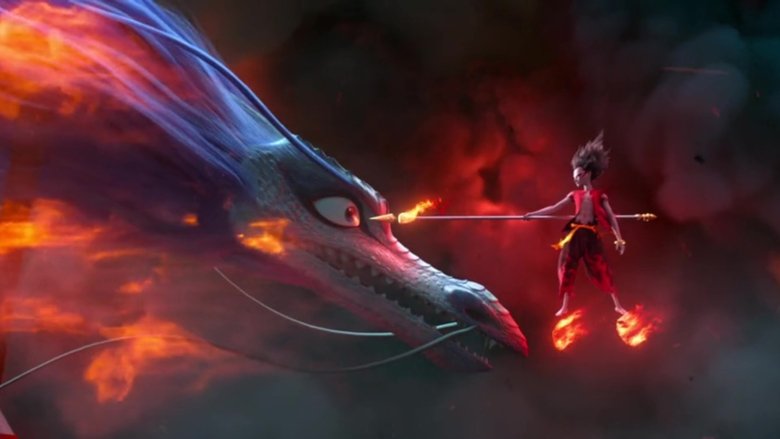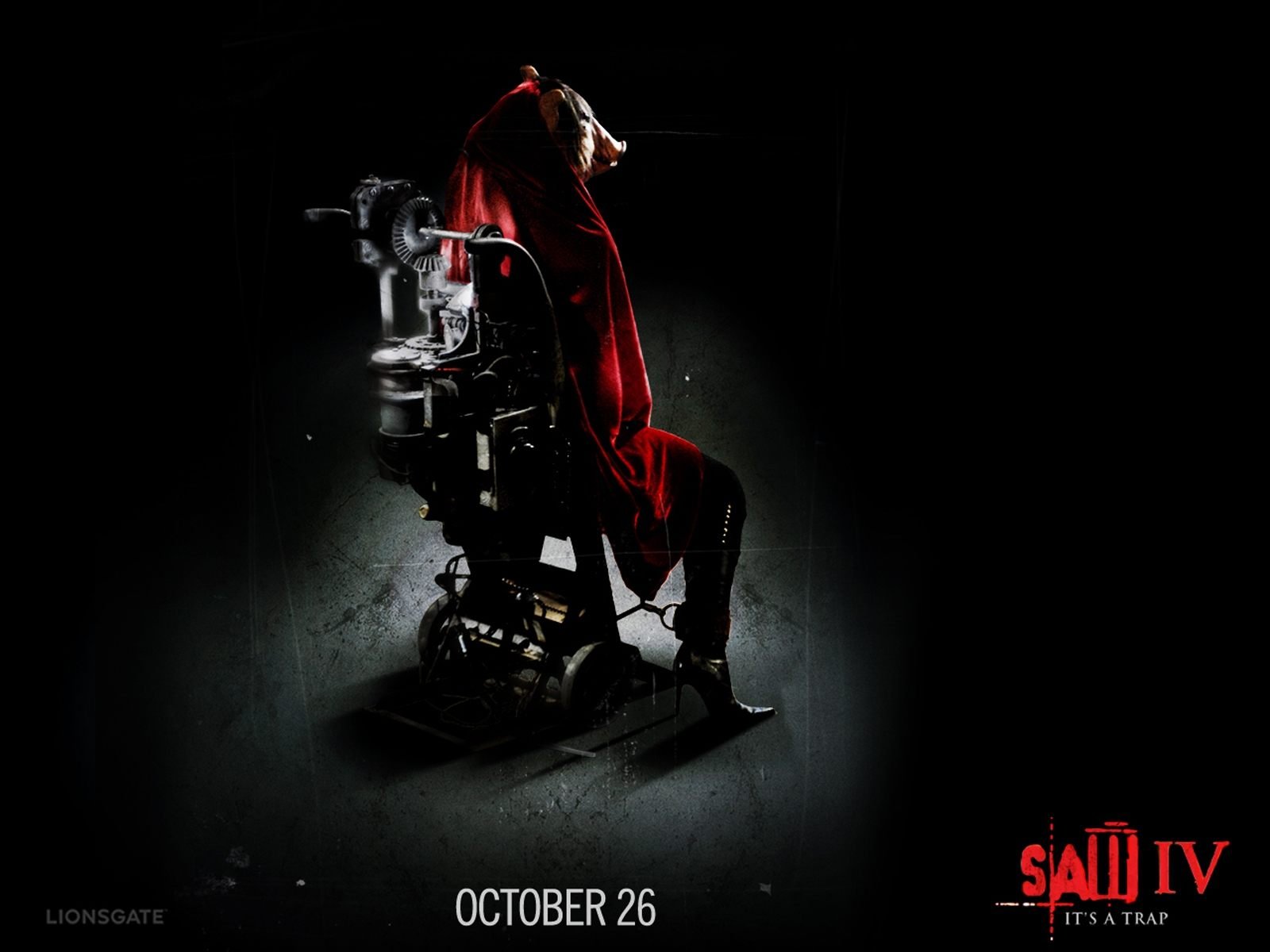
Both men are then summoned to testify in court, where a fellow witness presents a captured bandit, who claims to have followed the couple after coveting the woman when he glimpsed her in the forest. The priest says he saw the samurai with his wife traveling the same day the murder happened. As he testifies he first found a woman's hat (which belonged to the samurai's wife), then a samurai cap (which belonged to her husband), then cut rope (which had bound the husband), then an amulet, and finally he came upon the body, upon which he fled to notify the authorities. The woodcutter claims he found the body of a murdered samurai three days earlier while looking for wood in the forest. Neither the woodcutter nor the priest understand how everyone involved could have given radically different accounts of the same event, with all three of the people involved indicating that they, and they alone, committed the murder.

A woodcutter and a priest are sitting beneath the Rashōmon city gate to stay dry in a downpour when a commoner (Kichijiro Ueda) joins them and they begin recounting a very disturbing story about a rape and a murder. The Rashomon effect is named after the film. Rashomon was the first Japanese film to receive a significant international reception it won the Golden Lion at the Venice Film Festival in 1951, was given an Academy Honorary Award at the 24th Academy Awards in 1952, and is considered one of the greatest films ever made. The film is known for a plot device that involves various characters providing subjective, alternative and contradictory versions of the same incident. Every element is largely identical, from the murdered samurai speaking through a Shinto psychic to the bandit in the forest, the monk, the rape of the wife, and the dishonest retelling of the events in which everyone shows his or her ideal self by lying. Starring Toshiro Mifune, Machiko Kyō, Masayuki Mori, and Takashi Shimura as various people who describe how a samurai was murdered in a forest, the plot and characters are based upon Ryunosuke Akutagawa’s short story " In a Grove", with the title and framing story being based on " Rashōmon", another short story by Akutagawa.

Rashomon ( Japanese: 羅生門, Hepburn: Rashōmon) is a 1950 Jidaigeki psychological thriller/ crime film directed and written by Akira Kurosawa, working in close collaboration with cinematographer Kazuo Miyagawa.


 0 kommentar(er)
0 kommentar(er)
